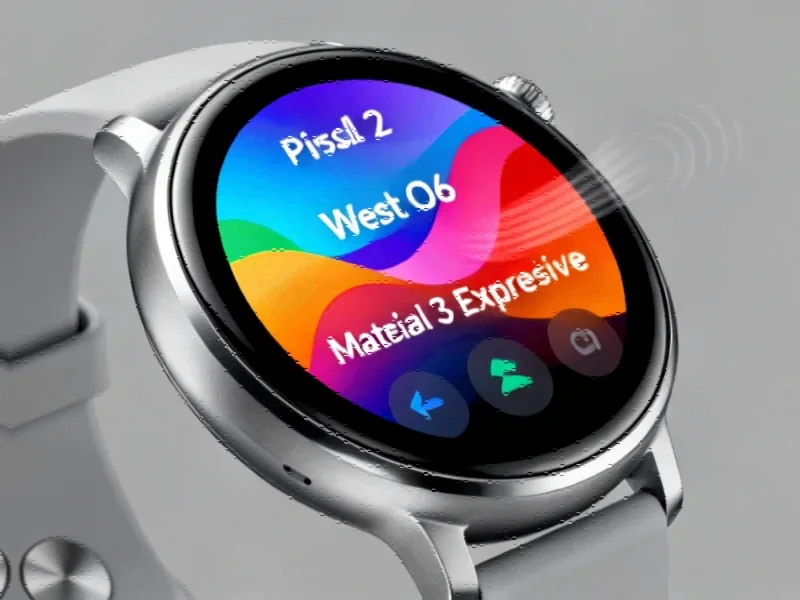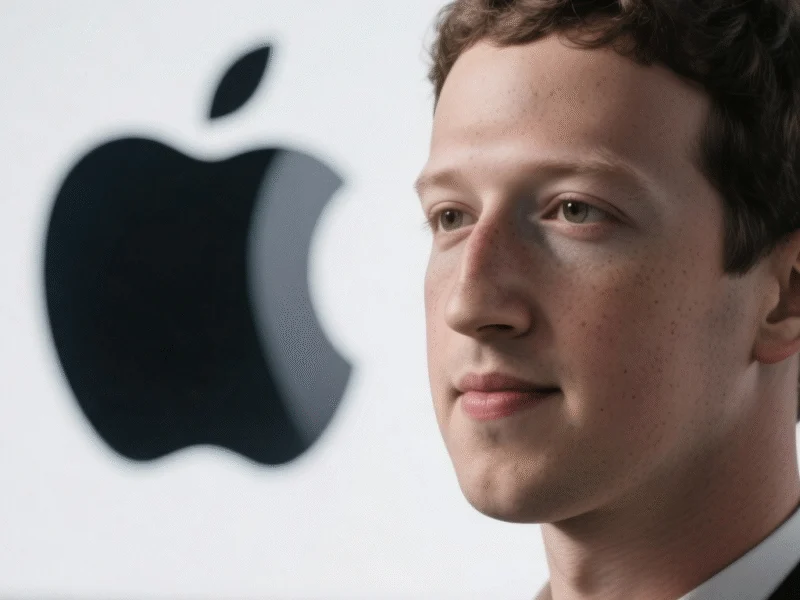Major Visual Refresh with Material 3 Design
Google’s Wear OS 6 update is reportedly delivering a substantial visual transformation to the Pixel Watch 2, according to recent user experiences. The update introduces Material 3 Expressive support, which sources indicate brings a more vibrant and modern user interface to the smartwatch’s compact display. The report states that dynamic color theming now matches the UI colors with the active watch face, creating a more cohesive visual experience.
Analysts suggest that the update represents one of the most significant visual overhauls for the platform in recent years. “It’s rare to see a big software update massively improve the device a couple of years after release,” the report notes, highlighting how the update makes the aging Pixel Watch 2 feel revitalized despite its hardware age.
Enhanced Navigation and Notification Systems
The navigation experience on the Pixel Watch has seen notable improvements with Wear OS 6, according to the analysis. Built on Android 16, the update introduces predictive back gestures that provide a preview of the destination screen when swiping back. This small but polished feature enhancement demonstrates Google‘s attention to detail in the latest iteration of their smartwatch platform.
Notification management has also received a much-needed visual revamp, the report states. The updated interface now displays contact pictures for incoming messages and supports image previews, eliminating the need to check your phone for every photo received. These improvements make notifications more glanceable and informative on the wearable device.
Performance and Battery Life Improvements
Despite concerns that major OS updates typically degrade performance on older devices, sources indicate Wear OS 6 has actually enhanced the Pixel Watch 2’s responsiveness. The report describes navigation as “much smoother and faster” with “slick and clean animations” that make the device feel like it received a silent hardware upgrade.
Perhaps more impressively, the performance boost reportedly comes without the typical battery life penalty. Users have expressed surprise that battery performance remains strong post-update, contrary to common experiences with major software upgrades. This combination of improved performance and maintained battery efficiency represents a significant achievement for Google’s engineering team.
Expanded Customization and Tile Enhancements
Customization options have expanded substantially with Wear OS 6, according to the analysis. The return of Facer support provides access to hundreds of community-created watch faces, all converted to the new Watch Face Format. This development follows Facer’s announced collaboration with Google to ensure full compatibility with the updated platform.
Tiles have also received attention in the update, with a new multi-slot layout that optimizes available space to display more content. Each Tile now shows the corresponding app icon at the top, making it instantly clear which application the information originates from. However, the report notes that Quick Settings customization remains unavailable, a limitation that has persisted since Wear OS 4.
Market Context and Future Implications
The substantial improvements in Wear OS 6 represent a departure from Google’s recent incremental updates to their smartwatch platform. Analysts suggest this could help narrow the feature gap between Wear OS and competing platforms like watchOS, though differences remain. The update reportedly “paves the way for Google to work on bigger features for the future” while delivering immediate quality-of-life enhancements.
Industry observers note that such significant post-purchase software support enhances the value proposition of Google’s hardware ecosystem. As Pixel Watch 2 continues to be available through multiple retailers including Best Buy, the software update extends the device’s relevance in a competitive market. This approach to long-term software support reflects broader industry developments where manufacturers are increasingly leveraging software to enhance hardware longevity.
The timing of this substantial update coincides with other recent technology advancements across the wearable sector. As companies explore new frontiers in device functionality, Google’s focus on refining the core user experience through software represents an important strategic direction. This approach aligns with related innovations in sustainable technology development that prioritize optimizing existing hardware through software improvements.
Looking forward, the success of Wear OS 6 could influence how other technology companies approach software updates for aging hardware. The demonstrated ability to significantly enhance user experience without compromising battery life sets a new standard for post-purchase support in the wearable category. This development occurs alongside other market trends emphasizing software-driven value extension across consumer electronics.
This article aggregates information from publicly available sources. All trademarks and copyrights belong to their respective owners.
Note: Featured image is for illustrative purposes only and does not represent any specific product, service, or entity mentioned in this article.



